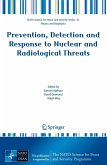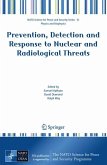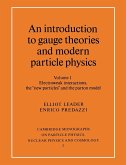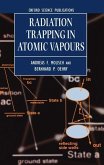By colliding heavy ions at nearly the speed of light, scientists are exploring our physical world and conditions at the beginning of the universe. High energy nuclear physics has implications in our understanding of nuclear physics, particle physics, astrophysics, cosmology and condensed-matter physics and this text provides the foundation for a range of graduate students and researchers in both experimental and theoretical high energy nuclear physics and allied fields. This text introduces the subject of relativistic high-energy heavy-ion collisions and in particular, the subject of the quark-gluon plasma (QGP). Starting with a conceptual basis for QGP formation in heavy-ion collisions, the author then proceeds to provide a more rigorous foundation by introducing gauge theory, QCD and lattice QCD. These topics are introduced briefly but with sufficient coverage that the reader can comprehend their applications in heavy-ion collisions. Two-particle correlation (Hanbury-Brown-Twiss) method and recent advances in hydrodynamical modelling, including event-by-event hydrodynamics are also discussed, bringing the coverage up to the leading areas of current research.
Hinweis: Dieser Artikel kann nur an eine deutsche Lieferadresse ausgeliefert werden.
Hinweis: Dieser Artikel kann nur an eine deutsche Lieferadresse ausgeliefert werden.








